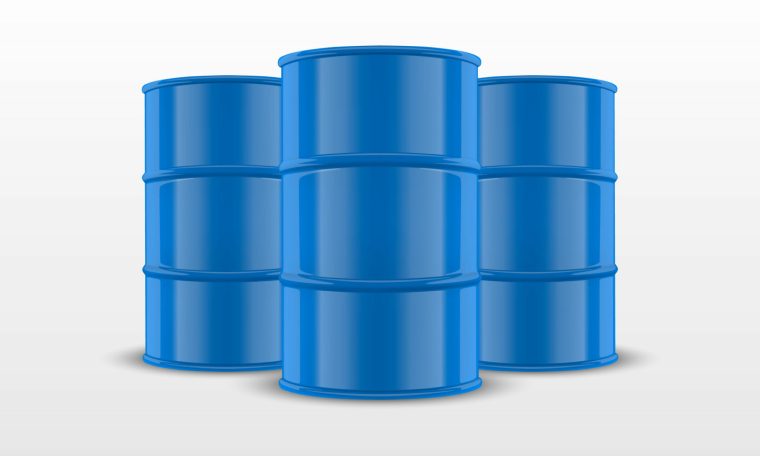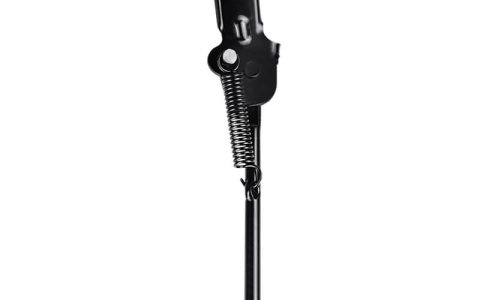
Surfactants, essential in many manufacturing procedures and everyday goods, are the overlooked gems of the complex field of chemistry. We discuss the importance, uses, and crucial participants in the chemical industry supply chain as we set out to understand the functions of the five most prevalent types of surfactants. It is essential to choose surfactants supplier wisely. However, in this blog, we will explain the types and properties of surfactants in industry and also reveal the properties of surfactants.
We also discuss the role of suppliers like BosTech Polymer in the domain of premium quality chemical suppliers in UAE and Dubai.
Types of Surfactants:
There are five types of surfactants with their exceptional properties and uses:
1. Anionic Surfactants:
Negatively Charged Nature:
Anionic surfactants hold a negative charge, making them highly effective in interacting with positively charged particles. Additionally, this property facilitates their capacity to break down and circulate various substances.
Foaming and Wetting Agents:
With their exceptional foaming qualities, surfactants that are anionic are perfect for products like cleaners and laundry detergents where the formation of foam is anticipated. Additionally, their wetting properties contribute to improved surface coverage and penetration.
Uses of Anionic Surfactants:
Industrial Cleaners:
In formulas for industrial use cleaning, surfactants with anionic characteristics are indispensable. In addition, they guarantee a complete cleaning procedure by efficiently removing tough grease from industrial surfaces thanks to their capacity to emulsify oils and disperse particles.
Dishwashing Solutions:
These surfactants help to remove grease and contaminated food from dishes. Furthermore, they create foam that helps to maintain hygiene and provide proper sanitation by removing particles and dirt from dishes and utensils.
2. Cationic Surfactants:
Adsorption to Surfaces:
Cationic surfactants strongly tend to adsorb onto surfaces, creating a positively charged layer. This property is valuable in applications where the residue of the surfactant onto a substrate is desired, such as in fabric softening and hair conditioning.
Low Foaming:
Unlike anionic surfactants, cationic surfactants commonly exhibit low foaming properties. This feature makes them suitable for applications where extreme foam, such as hair care products, may be avoided.
Uses of Cationic Surfactants:
Fabric Softeners:
To give fabrics a silky and supple texture, cationic surfactants are infrequently used in fabric softeners. Because of their positive charge, they may check to negatively charged fabric fibers, lowering resistance and giving clothes and bed linen a refined feel.
Hair Conditioners:
Beneficial components that condition and straighten hair are called cationic surfactants. Moreover, they cling to the negatively charged surfaces of hair strands, minimizing electrical static and boosting combability while leaving the hair feeling silky and manageable.
3. Nonionic Surfactants:
Chargeless Nature:
Nonionic surfactants lack a charged head, making them electrically neutral. This unique property allows for adaptable applications without the influence of electrostatic interchanges. It makes nonionic surfactants consistent with various substances and atmospheres.
Low Foam Formation:
Nonionic surfactants typically exhibit low foaming properties. This characteristic is beneficial in applications where excessive foam may be undesirable, such as in specific industrial processes, textile treatments, and formulations requiring controlled foaming.
Uses of Nonionic Surfactants:
Pharmaceuticals:
Nonionic surfactants can modify and solubilize materials, they are utilized in pharmaceutical products. However, they help improve the metabolism and dissolving of medications that aren’t highly soluble in water when they are used when making various medications.
Agriculture:
In agricultural applications, nonionic surfactants are employed as additives in pesticide compositions. By lowering surface tension, they help pesticides be applied uniformly to plant surfaces, increasing treatment efficacy.
4. Amphoteric Surfactants:
Dual Charge Nature:
Amphoteric surfactants possess a molecular chain structure with positive and negative charges. Either they contain canion or anion, depending on the pH solutions. Because of their amphoteric nature, they can tolerate a broad pH range.
Mildness:
Their mild and balanced properties are suitable for sensitive skin. Amphoteric surfactant products reduce irritation from the skin. It is perfect for personal hygiene and skincare products.
Amphoteric Surfactants Uses:
Skin-sensitive Formulations:
Amphoteric surfactant solutions are most effective for sensitive skin. They give the skin a smooth and soft touch and are best for cleansers, creams, and moisturizers. The capability to work on multiple pH levels. They remove irritation and inflammation from the skin.
Baby Care Products:
Baby care formulations frequently include amphoteric surfactants because of their soft nature, particularly in baby shampoos and bath washes. Skin of baby is sensitive, so their ability to offer a gentle and silky washing experience is a good fit.
5. Biodegradable Surfactants:
Natural Breakdown:
Microbes such as bacteria and enzymes help in the process of natural break down biodegradable surfactants. In addition, they simplify the decomposition process and additionally protect the environment from harmful compounds.
Renewable Resources:
The surfactant industry extracts biodegradable surfactants from natural resources like natural oils and fats such as from plants. These sustainable raw materials decrease the dependency on non-renewable resources and made better eco-friendly environment.
Biodegradable Surfactants Uses:
Household cleaning solution:
Biodegradable surfactants are essential to make household cleaning products. They are widely used in liquid dishwashers, surface cleaners, and detergents. Moreover, their natural deterioration process aligns to minimize the environmental impact of cleaning activities.
Self Hygiene Products:
Biodegradable surfactants are helpful in the manufacturing of personal care products. Sustainability helps to reduce the adverse impacts of personal hygiene routines and best practices within the skincare sectors. Embracing eco-friendly alternatives contributes to a healthier planet and fosters responsible consumer choices.
Closing Thoughts:
Surfactants play a vital role in the innovation and manufacturing of premium quality products we use daily. It plays a significant role in many applications. Product effectiveness, cleanliness, and sustainability are influenced by the functionalities of five primary types: anionic, cationic, nonionic, amphoteric, and biodegradable surfactants, which we closely monitor how surfactants supplier deal with this.
However, the ongoing task of choosing the optimal surfactant supplier stays even after acquiring a comprehension of surfactants, particularly given the dynamic chemical environment in the UAE. With reliable partners like BosTech Polymer and local chemical suppliers in Dubai, industries in Dubai and beyond can harness the power of surfactants to propel their processes toward new heights of excellence
Visit here for more informative blogs



